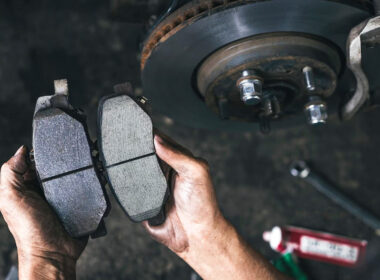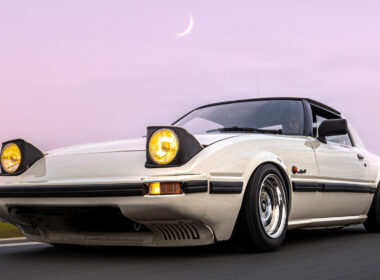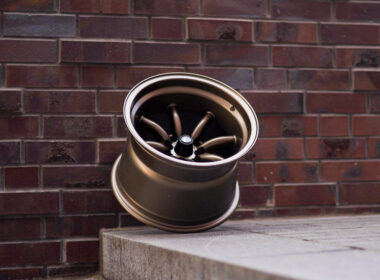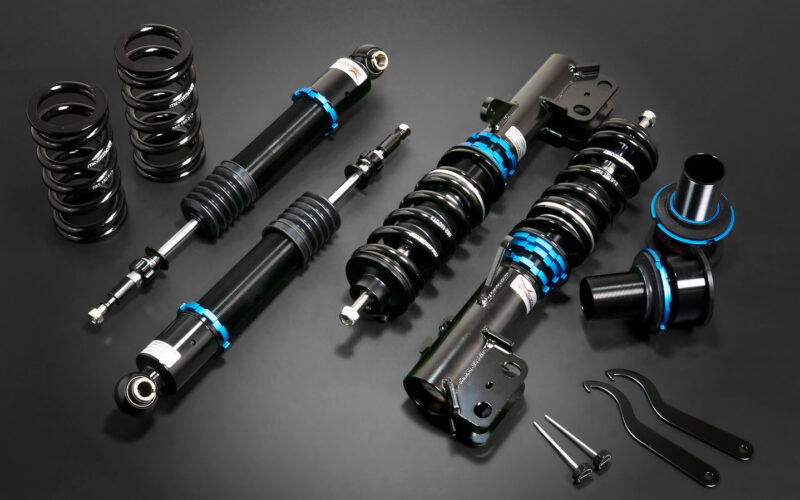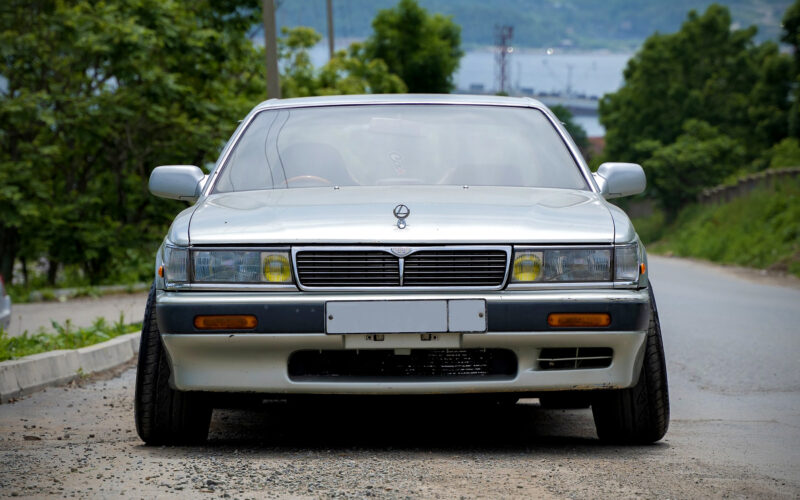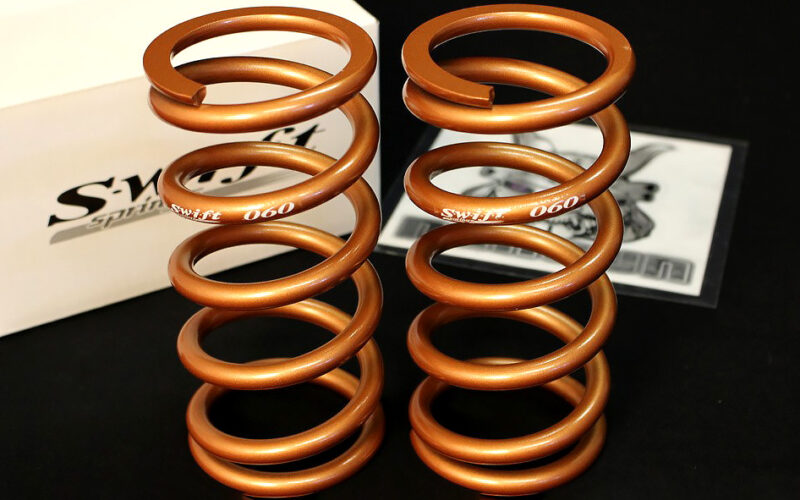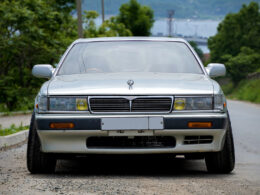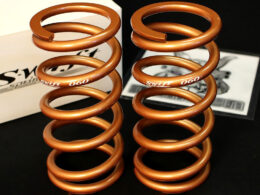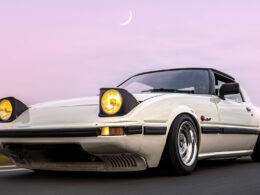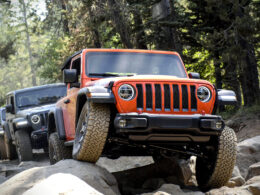Of all the suspension upgrades you can buy, coilovers are the most versatile, easy to use, and easy to source, no matter what car or truck you drive.
The main draw for coilovers is the amount of adjustability they offer, and the ease with which you can install them on your car.
If you want to significantly improve your handling and you want an out of the box solution designed specifically for your car, then coilovers are definitely worth considering.
The only potential downside is that some coilovers can get quite expensive. But if your driving style and usage scenario demands that kind of quality, it’s an investment worth making.
You can buy cheaper options as well, but as the age old saying goes, you get what you pay for. Cheap coilovers work just fine for daily driving and light-duty track use, however.
In this guide, we’ll explore how to adjust coilovers, understand what they do, and discuss basic coilover tech.
What Are Coilovers?

As the name suggests, a coilover is a singular unit comprised of a coil spring wound over a shock absorber or damper as some people like to call it.
It’s a type of replacement suspension component that allows you to adjust your car’s ride height, wheel camber, and handling characteristics.
Unlike lowering springs where you’ve got to buy the springs and dampers separately, select the right spring rates and do a bunch of research, coilovers are a plug-and-play upgrade.
Air suspension setups are an interesting alternative to coilovers, but they’re usually far more expensive and complicated. More on those in another article.
Manufacturers even go as far as to give you different spring rate options, in a way that’s suitable for your car’s overall weight distribution characteristics and your driving style.
What Do Coilovers Do?
The main objective of installing coilovers on street and track driven cars is to obtain a lower ride height and a lower center of gravity as a result, paired with the superior damping characteristics of the shocks and stiffer springs.
Effectively this lowers weight transfer and body roll. The main benefit of reducing weight transfer is that it allows the car’s sprung weight to sit perfectly level on all 4 corners, ensuring that all wheels remain as evenly loaded as possible.

This translates to better traction when going through corners, which makes your car safer and more predictable when it’s close to its limits.
The benefits aren’t limited to cornering, you also get lesser weight transfer during braking and acceleration due to reduced squat and dive.
Coilovers aren’t exclusive to street and track driven cars, however. Enthusiasts install these on SUVs, trucks, and overlanding vehicles in general, but they do it for different reasons. There’s a night and day difference between off-road and track-focused coilovers.
Off-road coilovers take on a far more complex role considering the terrain they’re subjected to — washboards, rock gardens, dirt, grime, pavement, you name it.
That’s why they do a lot more than just improve weight transfer — they’re designed to behave differently at different speeds, and also at different points in the damper’s travel range.
But the commonality shared among the on-road and off-road coilovers is that they both do the job of a shock absorber. The coil spring absorbs energy which causes it to oscillate, and the damper stops it from oscillating.
The same thing happens with practically all types of suspension; coilovers do the same thing as all other suspension types. Except that they’re far superior in construction, available features, and overall performance.
What’s Inside?
Let’s take a closer look at the individual components of a coilover to see what they do and how they work together.
It’s worth noting that there are different types of coilovers to choose from. Some of them have components that others don’t. For instance, some coilovers have remote reservoirs while others feature a monotube or twin-tube design.
Note: Remote reservoirs allow the nitrogen chamber to be moved outside the shock body.
With that in mind, here’s an example of what a typical coilover consists of.

Coilovers typically consist of a coil spring wound around a damper which is housed within a semi-threaded shock body.
The shock body has a top hat and a lower mount; the top hat bolts on to the strut tower and it can be replaced with camber plates for extra adjustability.
Some coilovers come with camber plates right out of the box, while others don’t come with top hats at all. In that case you can either buy camber plates separately or use your OEM top hats.

The threaded body seen on adjustable coilovers allows for vertical movement of the secondary perch which can be used to alter preload and ride height. You’ll see a dust guard inside the coil spring, it’s there to protect the piston shaft from dirt and debris.
Some coilovers have adjustable lower mounts which is a good thing because that way you can adjust your ride height without having to compress/decompress the spring by using the adjusting-perch.
Most coilovers feature bump stops in the last few centimeters of the piston’s travel range to avoid metal to metal contact. That’s something to look out for when you’re shopping for coilovers.
You’ll also notice smaller thinner springs placed right below the main spring, divided by what’s called a “spring divider”; who would’ve guessed?
The smaller springs are called helper springs and they’re used to keep the main springs adequately loaded. However, they don’t really affect the ride quality.

Features To Look Out For
The reason why you’ll find coilover prices ranging from $300 to $3000+ is that there are many different features that you can choose from.
In most cases, more features means higher manufacturing costs, which translates to a steeper price. For instance, non-reservoir, monotube coilovers with partially threaded bodies won’t cost nearly as much as fully threaded or full body remote-reservoir coilovers.
Below you’ll find some of the features you need to be aware of before zeroing in on a set of coilovers for your car.
Partially Threaded vs Fully Threaded

The main difference between partially and fully threaded coilovers is that ride height is adjusted differently on both.
Partially threaded coilovers have what’s called a fixed length body because the lower mounts are non-adjustable. The threading you see on the body does not extend beyond the lowermost spring perch.
As a result, these have only 2 collars. One is an adjustable spring seat and the other is a locking collar to keep it in place.
The spring seat collar can be adjusted by using spanner wrenches to compress or decompress the spring. Doing this affects the ride height and spring preload as well.
This setup is not ideal because when you lower your car by compressing the spring beyond the point of “adequate preload”, you’re eating into the travel length that you have available to you.
To avoid clunking coilovers, ensure the spring isn’t loose. It needs to be nice and snug between the upper and lower spring perches.

Fully threaded coilovers have adjustable lower mounts. The threaded part of the shock body extends all the way down to the lower mounts, which makes it possible for you to extend or compress the length of the entire shock body.
The best part is that you can adjust the ride height independently without affecting spring preload, compression, and damper travel. You can still adjust the preload and compress the spring as much as you want.
On these coilovers, you’ll see 3 collars instead of two. The 3rd collar unlocks the lower mount and you can spin the entire shock body in or out of the lower mount.
Monotube vs Twin Tube
This is another decision you’ll have to make when purchasing coilovers as they’re predominantly divided into two main categories: twin-tube and monotube.
Note that the words “monotube” and “twin tube” refer to the damper/shock design, and they have nothing to do with the spring.

Twin tube dampers have an inner chamber that stores hydraulic fluid, and an outer chamber that houses nitrogen gas. This design makes twin tube coilovers multi-valved.
With monotube dampers, however, both the fluid and gas are contained in the same chamber; they’re separated by a free piston.
If you’re on the fence about choosing one over the other, we recommend going with monotube shocks because they’re less expensive, they tend to last longer, and offer a lot more adjustability in contrast with twin tube dampers.
Remote Reservoirs
Reservoir-equipped coilovers have a clear edge over those that aren’t.
Regular coilovers require the main shock piston to move through a combination of oil and gas stored in separate chambers (barring emulsion shocks). Unlike these, reservoir coilovers have a nitrogen chamber outside the shock body in the form of a reservoir.

This way, the piston has access to the entirety of the shock body, allowing for more travel, better heat dissipation, and lower chances of cavitation.
As a result, there’s more nitrogen gas and oil for the piston to work with, less pressure on the seals, lower operating temperature, and less heat fade.
It’s worth mentioning that you’ll rarely come across remote reservoir shocks that have a twin tube or emulsion design. Remote shocks typically feature monotube construction.
Compression and Rebound Damping Adjustability
The unique selling point of coilovers is that they offer a degree of adjustability which regular shocks just don’t, unless you open them up and mess around with the valving.
With the simple turn of a few knobs and dials, you can adjust the rebound and compression damping. But what does this mean exactly?
This is an oversimplification, but here’s how dampers work. The main purpose of a damper is to slow down the compression and rebound intensity of the spring, which is done by moving a restriction (piston) through a volume of oil.

That’s what you’ll find inside the damper body. Manufacturers implement this technology in a hundred different ways to achieve the desired result.
Without this restriction, cars would just bounce around endlessly after driving over bumps. Well, not endlessly, only till the potential energy stored in the spring is depleted. You get the drift.
Damping refers to how slow or fast the damper is allowed to flow through the oil, which affects how quickly it can move up or down. And that’s what the knobs are for — changing the damping rate.
This translates to a stiffer or softer ride when you’re out driving on the street or the track. Note that this “stiffness” is entirely different from spring stiffness. The latter has a lot to do with spring rates.
Rear Coilovers
Front and rear coilovers are always slightly different because the front coilovers are affected by the steering components, so they’re expected to allow for some amount of movement.
The lower mounts on front coilovers usually connect to the lower A-arm on double-wishbone suspensions and to the steering knuckle itself on McPherson struts.

In contrast, rear coilovers don’t have that added responsibility of being compatible with a steering system. That’s why the design varies slightly depending on the suspension type.
Cars that have a trailing arm or multi-link independent rear suspension often utilize divorced springs — the springs and shocks are mounted separately instead of being mounted as an integrated unit. The latter is often called “true type”.
If your car has a setup like this in the rear, then you can choose to buy either a divorced OEM-style setup or you can go for an integrated true-type coilover.
OEM style (divorced) coilovers follow the same principle for ride height adjustment as integrated coilovers. You have the same adjustment collars and the process is pretty straight forward.
Final Thoughts and FAQs

Suspension tech has evolved exponentially over the years. Most of what you’ll read here is merely scratching the surface of suspension tech and coilovers in general.
This subject can fill up an entire book, so what we’ve done is discussed just enough for you to make an informed decision.
Need quick answers? Here are some of the questions that we often get about coilovers.
Do Coilovers Lower Your Car?
Coilovers can either increase or decrease your ride height. It totally depends on your vehicle and your usage scenario or driving style.
If you drive a truck or SUV, you can use coilovers in combination with lift kits to increase your ride height. But if you drive a street or track-car, then you can use coilovers to lower your ride height, or you can stick to your OEM height if needed.
How to Raise Coilovers?
This depends on whether you have partially threaded coilovers or fully threaded coilovers. If you have partially threaded coilovers and you want to raise them, the only way you can do that is if they’re already at their lowest point.
That way you’ll have some room to increase ride height. The same applies to fully threaded coilovers with adjustable lower mounts, except you can take advantage of the variable shock body length and get a few more centimeters of adjustability out of it.
If you’re wondering how to lower coilovers, the method is the exact same.
Do Coilovers Replace Struts?
Yes, coilovers replace struts, and they’re a welcome addition.
How to Adjust Coilover Stiffness?
Coilover stiffness can be adjusted in two ways:
- By installing stiffer springs with a higher spring rate.
- By adjusting the compression and rebound settings to make the damper as stiff as possible.
What’s your preferred suspension component to upgrade? Let us know by leaving a comment below!
If you find this article helpful, do consider sharing it with your friends on Facebook, Reddit, or your favorite car forums. We appreciate your support.
